#entymology
Text
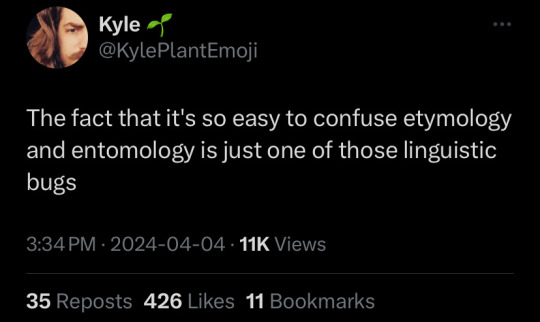
4K notes
·
View notes
Text

I never knew there were two.
3K notes
·
View notes
Text
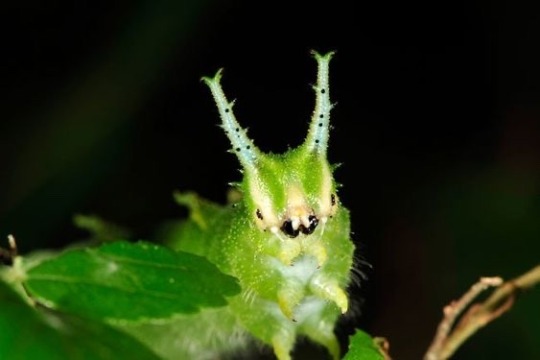

japanese emperor caterpillars are literally :3
1K notes
·
View notes
Text
ROUND 1 OF THE TUMBLR INSECT POLL
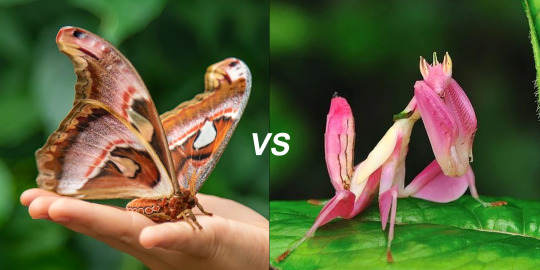
2K notes
·
View notes
Text
These fucking idiots (affectionate)
#bugblr#grasshoppers#bugs#insects#entymology#eastern lubber grasshopper#hey look im finally using this blog!
2K notes
·
View notes
Text

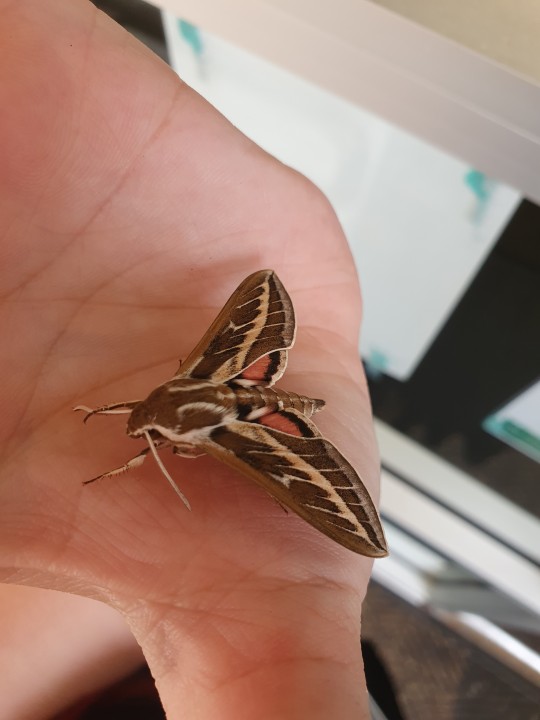
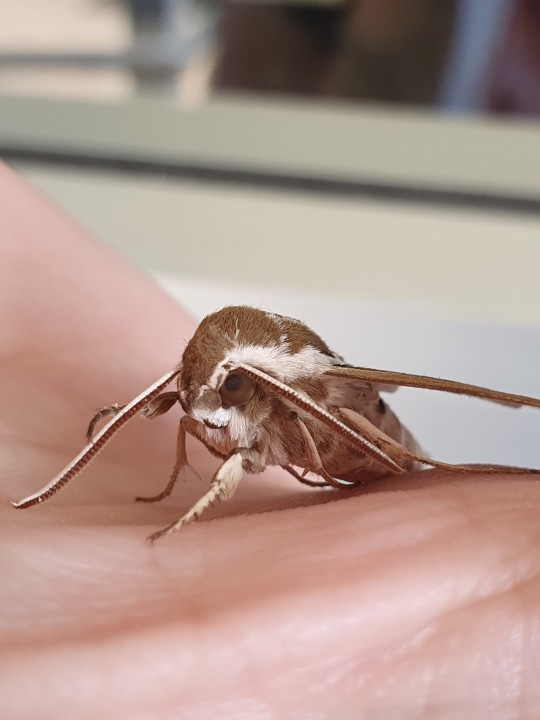

Striped Hawk Moth - Hyles livornicoides
Bowral, Australia 1.3.24
#bug posting#insects#entymology#my photography#bug girl#bugs#insect#insecta#bug#lepidoptera#moth#hawkmoth#bug of the day#striped hawk moth#white lined hawk moth#whitelined hawkmoth
117 notes
·
View notes
Text

Lucifer X Rubber Ducky Isopod AU
I just imagine Lucifer having these giant rubber ducky isopods that are absolute ankle biters. They're names are Charles and Lily to fill the void of Charlie/ Lilith not being around before 😂
Follow me for more @ BlushedSeraph on DeviantArt/Instagram/Twitter
Bonus: an actual pic of the isopod they’re based off of

#pangoo draws#lucifer#alastor#charlie morningstar#lilith#rubber ducky#isopods#entymology#hazbin hotel#cubaris#fan art#ankle biter#artists on tumblr#illustration#digital art#procreate#au#alternate universe#art
77 notes
·
View notes
Text

Plate 96 from The Butterflies of the British Isles,1906 - Richard South // hope ur ok - Olivia Rodrigo
#butterfly#butterflies#entymology#hope ur ok#sour#sour album#sour olivia rodrigo#olivia rodrigo#art#art history#lyrics#lyric art#tw bugs
155 notes
·
View notes
Photo
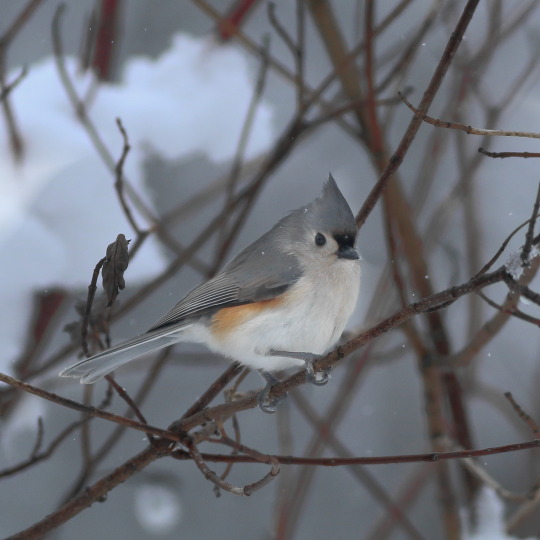
The Tufted Titmouse has an unusual name, to be sure.
Why such an awkward name?
It comes from an arcane form of English.
"Tit" used to mean “small” (think of modern words like “tad” or “tidbit”)
“Mouse” is the modernized form of the very old German word “meise“, which just meant “generic small bird”.
Perhaps this shy and gentle bird has had some of its dignity restored today :)
#midwest#winter photography#tufted titmouse#titmouse#birds#birding#Birdwatching#entymology#bird photos#bird photography#wild bird photography#wild bird#nature photos#bird pics#birbs#birblr#birdlr#wildlife photography#nature photography#animals photography#wildlife photos#wildlife#original photography#original photography on tumblr
301 notes
·
View notes
Text

Niklaus Stoecklin, Das Tagpfauenauge / Peacock Butterfly, 1958
#niklaus stoecklin#butterfly#butterflies#butterfly art#swiss art#swiss painter#swiss artist#insects#nature#wildlife#wildlife art#nature art#entymology#modern art#art history#aesthetictumblr#tumblraesthetic#tumblrpic#tumblrpictures#tumblr art#aesthetic#beauty
25 notes
·
View notes
Text
This is a Yellow Garden Spider (likely Argiope aurantia) and as you can see it's very friendly! I let this one walk onto my hand from its web making sure not to harm the web itself. After taking some photos, I put it back. I saved these 2 pictures.
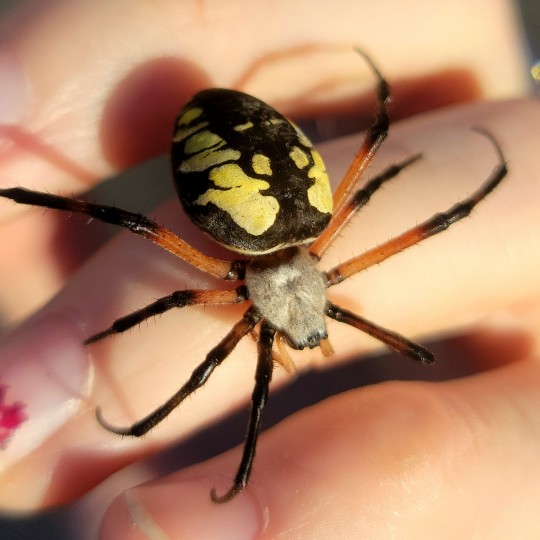
The term "Garden Spider" largely refers to spiders in the Families Araneidae and Uloboridae. They're also sometimes called Writing spiders or Zipper spiders. They are, of course, common in gardens and fields where people tend to plant things. So are many other kinds of spiders, but these in particular stand out due to their size, bright colors, and webs.
Like most spiders in your garden, they're harmless, friendly, and beneficial to have around. I wouldn't recommend trying to pick one up just for fun - I let this one walk on to my hand itself, and am using these photos for educational purposes. But, they are fun enough to just look at and watch, I think!
There are also many unique traits they have that separate them from your "typical" web-spinning spider. I don't have a picture to show you, but look up "writing spider webs" if you're interested!

What about them is so special? Well, assuming you just looked at pictures of their webs, there's a reason they're called Writing (or Zipper) spiders.
The thicker silk stands on a Garden spider's web are called Stabilimenta, but we're not really sure what their purpose is. It was initially thought they were to support the rather large spider, but their webs can still hold up even when the Stabilimenta are cut. The leading hypothesis is that they repel birds - the thicker web is easier to see, and so birds will notice it and NOT fly through the web, wrecking all the spider's hard work. Likewise, birds don't seem to prey on these spiders, meaning the extra attention is entirely welcome for the spider.
They probably don't want their webs wrecked more than other spiders, too, because they don't deconstruct them. Many outdoor spiders move often - eating up and rebuilding their web somewhere new - sometimes as often as every night! Zipper spiders rarely move their web unless it's an emergency, or a matter of catching more food. As such, building their webs is costly in terms of silk and energy, so they might've evolved the Stabilimenta to ensure their web's longevity.
As a closing note, they are not dangerous at all. People have been dumber than birds before and walked head-first into the webs of these spiders, but even then, they don't bite. Even if they did, their venom is mild, and you probably won't even notice you've been bit until a light rash forms later.
Most of the time, they will build their webs out of the paths of larger animals (that's you!), and even if they do, it's not going to hurt you. It's best to leave them there, too, since they'll eat pests for you. If you're planting things and see one of these spiders, consider yourself lucky. They are colorful and gentle defenders of your plants who simply wish to coexist with you peacefully.
#bugs#bug#nature#insect#insects#entomology#forest#entymology#invertebrates#photography#spider#spiders#garden#arachnid#arachnids#bug facts#the creature#garden spider
309 notes
·
View notes
Text
✨Lilac Isopod design🌸
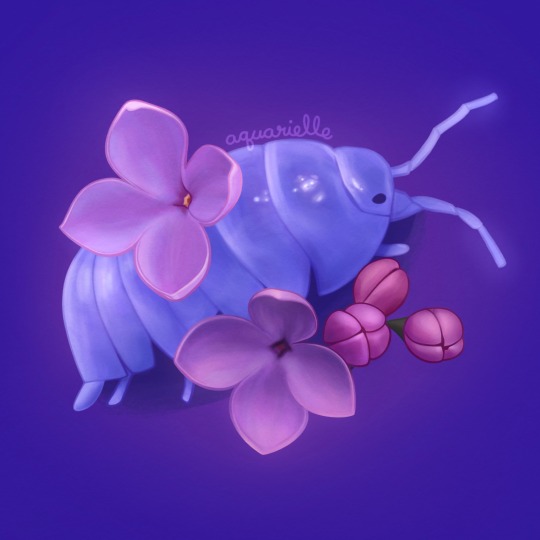
Did you know that roly-polys(or whatever you call them) are tiny crustaceans that can consume & store heavy metals in their digestive glands?? I just found out this week & ended up drawing this precious bb 💜
✨ Prints | Stickers ✨
#cw bugs#my art#roly poly#pill bug#Armadillidium vulgare#isopods#bug stickers#rollie pollie#wood louse#aquarielle#digital illustration#cute bugs#crustaceans#crustaceancore#botanical art#lilacs#lilac aesthetic#isopod#entymology#botany#flora and fauna#bugs#bugblr#insects
204 notes
·
View notes
Text






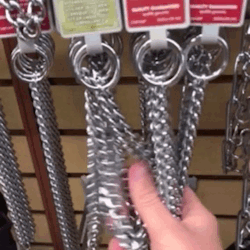


a punk-themed red admiral butterfly stimboard <3!
these are my favourite butterflies! the ventral (outer) sides of their wings are so pretty- they also look sick as caterpillars (spiky!!). they're found all over the world and i hope you've seen one :D
requests are open!
-💥
image sources in the links!
X X X | X X X | X X X
check out the other butterflies and moths in this series!
elephant hawkmoth < red admiral > monarch
#yamblast#butterfly#entymology#therian#butterfly therian#stimboard#red stimboard#red#punk#grunge#forestpunk#hands
30 notes
·
View notes
Text
ROUND 2 OF THE TUMBLR INSECT POLL

REMEMBER youre voting for your favorite OVERALL GROUP OF INSECTS not the individual species pictured above
#bugblr#entomology#entymology#insect#mantodea#mantis#conehead mantis#coleoptera#beetle#goliath beetle
754 notes
·
View notes
Text

Happy good Friday
#vulture culture#entymology#bugs#grasshoppers#jesus#eastern lubber grasshopper#bugblr#i really need to post on this blog more#pinned bugs#good friday#easter
51 notes
·
View notes
